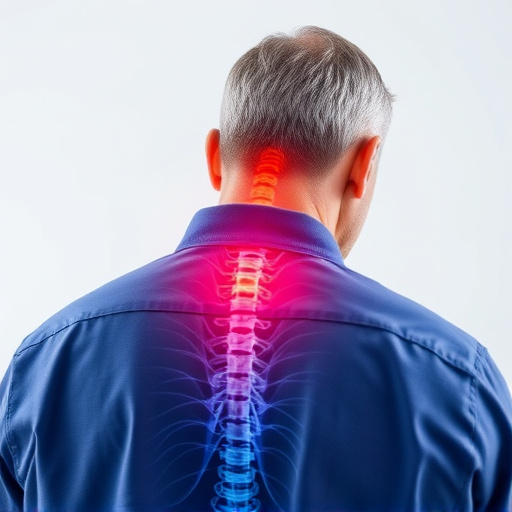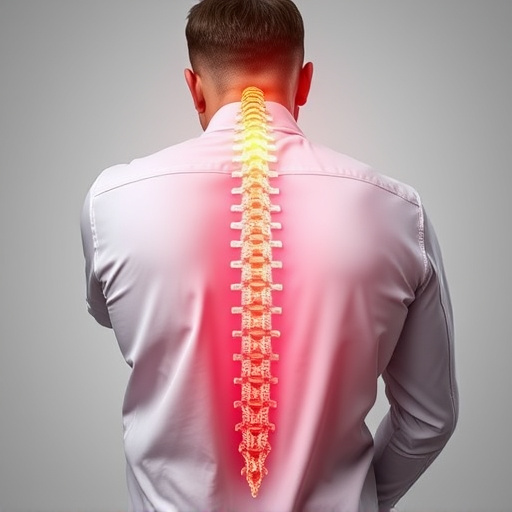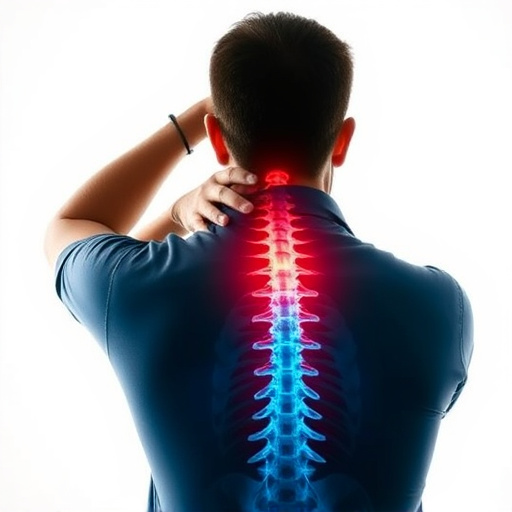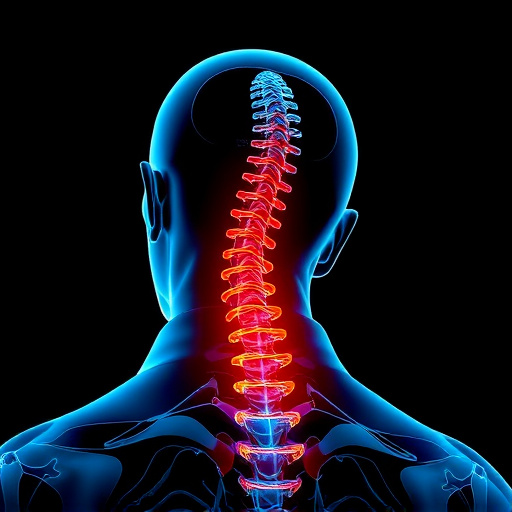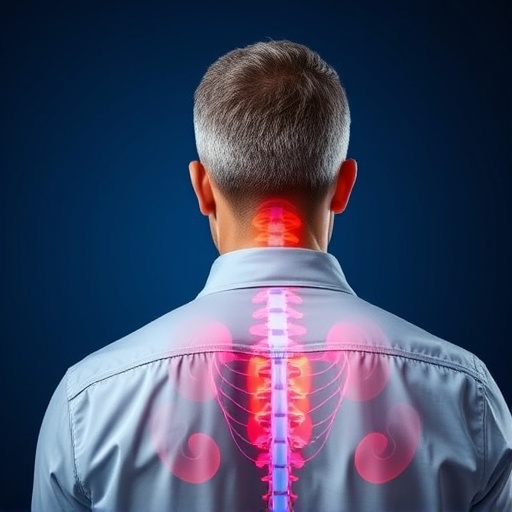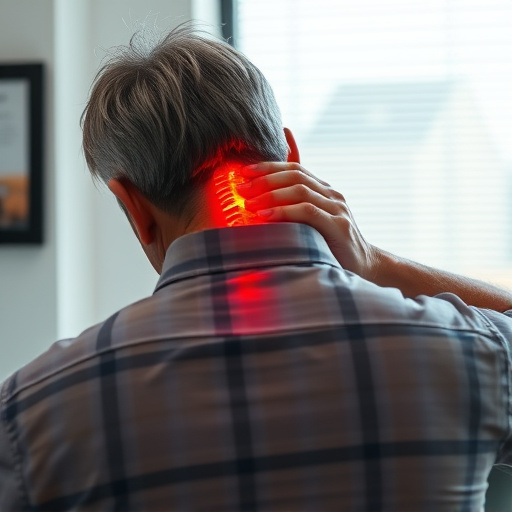Neck and back pain, caused by muscular strains, poor posture, and sudden movements, can significantly impact daily life and sleep. Rehabilitation exercises and therapeutic movement therapy (TMT) are crucial for effective management and achieving lasting neck and back pain relief. TMT combines gentle stretching, massage, and controlled movements to improve flexibility, muscle strength, and joint mobility without medication or surgery. Personalized rehabilitation exercises, tailored by qualified physical therapists, address individual needs, targeting specific muscle groups and promoting healing. Integrating mindfulness and breathing techniques enhances the effectiveness of therapy, offering immediate pain relief and long-term healthy movement habits. Success stories highlight the positive transformations achievable through these holistic approaches, leading to improved mobility, reduced stress, better sleep, and increased energy levels.
Suffering from persistent neck or back pain? Rehabilitation exercises and therapeutic movement therapy offer a holistic approach to find lasting relief. This comprehensive guide explores the causes and impact of common pain points, delving into how targeted exercises can significantly improve your quality of life. Discover the power of tailored exercise plans, mindfulness integration, and real-life success stories that demonstrate the transformative potential of these non-invasive treatments for effective neck and back pain management.
- Understanding Neck and Back Pain: Causes and Impact
- The Role of Rehabilitation Exercises in Pain Management
- Therapeutic Movement Therapy: Techniques and Benefits
- Customizing Exercise Plans for Individual Needs
- Integrating Mindfulness and Breathing Techniques
- Success Stories: Real-Life Transformations through Therapy
Understanding Neck and Back Pain: Causes and Impact
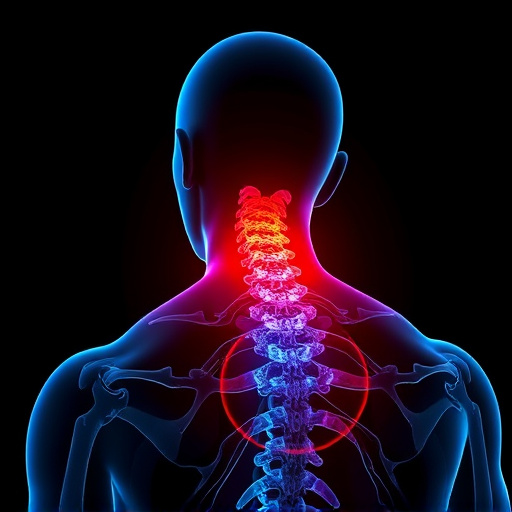
Neck and back pain is a prevalent issue affecting people from all walks of life, often stemming from various causes. Understanding these causes is crucial for effective management and seeking appropriate neck and back pain relief. Muscular strains, poor posture, and sudden movements are common triggers, leading to spasms or inflammation in the spinal muscles and surrounding structures.
The impact of prolonged neck and back pain can be significant. It may limit mobility, disrupt daily routines, and even affect sleep patterns. Individuals often experience discomfort, stiffness, and in some cases, radiating pain that travels down the arms (in the case of neck issues) or legs (from back problems). This condition can significantly reduce quality of life, making it imperative to address the root causes through targeted rehabilitation exercises and therapeutic movement therapy.
The Role of Rehabilitation Exercises in Pain Management
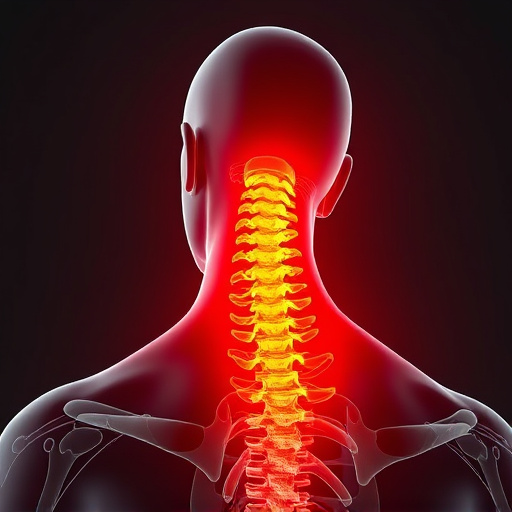
Rehabilitation exercises play a pivotal role in managing and alleviating neck and back pain, offering a holistic approach to pain management that goes beyond symptomatic relief. These tailored movements are designed to strengthen muscles, improve posture, enhance flexibility, and restore range of motion, thereby reducing the intensity and frequency of pain episodes. By targeting specific areas affected by pain, exercises can help individuals regain control over their bodies and lead more active lives.
Through regular practice, rehabilitation exercises promote effective communication between the brain and muscles, fostering better body awareness and coordination. This not only prevents further injury but also empowers individuals to adopt healthier habits that support long-term pain management. Incorporating therapeutic movement therapy alongside traditional exercise routines can significantly enhance the effectiveness of pain relief strategies, making it a valuable tool in the quest for lasting neck and back pain relief.
Therapeutic Movement Therapy: Techniques and Benefits
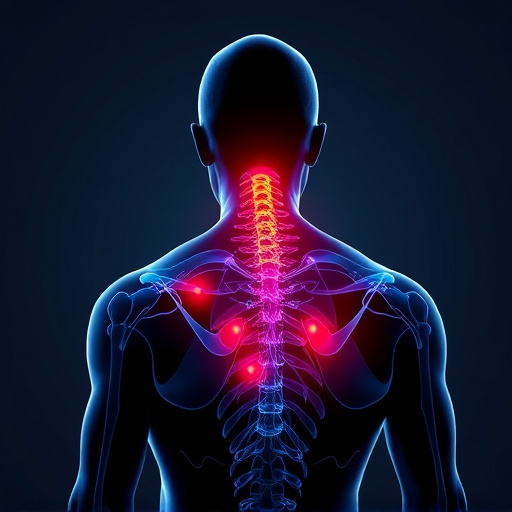
Therapeutic Movement Therapy (TMT) is a non-invasive approach that utilizes specific movements and exercises to alleviate neck and back pain, promoting overall physical well-being. This holistic treatment method focuses on improving flexibility, strengthening muscles, and enhancing joint mobility. TMT involves a range of techniques such as gentle stretching, specialized massage, and controlled movements designed to target problem areas. By encouraging the body’s natural healing processes, these techniques can significantly reduce muscle tension, improve posture, and restore range of motion.
One of the key benefits of TMT is its ability to offer lasting pain relief without relying on medication or surgery. The gentle yet targeted nature of the therapy ensures that individuals with chronic neck or back pain can find significant relief while engaging in safe and effective exercises tailored to their specific needs. Through regular practice, patients can develop a deeper understanding of their bodies, learn to manage pain, and prevent future injuries, ultimately enhancing their overall quality of life.
Customizing Exercise Plans for Individual Needs
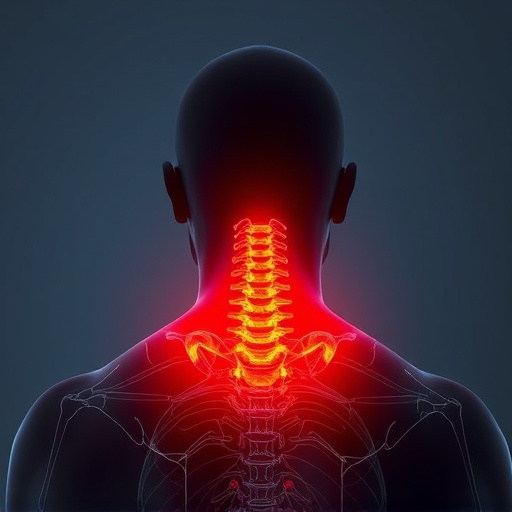
Rehabilitation exercises are tailored to address specific needs, offering a personalized approach to managing conditions like neck and back pain. A qualified physical therapist assesses the patient’s unique situation, considering factors such as age, overall health, and the severity of their pain. Based on this evaluation, an individualized exercise plan is designed, focusing on targeted muscle groups and specific movements to promote healing and restore mobility.
This customized approach ensures that exercises are not only effective but also safe. For instance, a patient with chronic neck pain might focus on gentle stretching and strengthening exercises for the cervical spine, while someone recovering from a back injury would engage in exercises emphasizing core stability and progressive weight-bearing activities. This personalization is key to achieving lasting neck and back pain relief during rehabilitation.
Integrating Mindfulness and Breathing Techniques
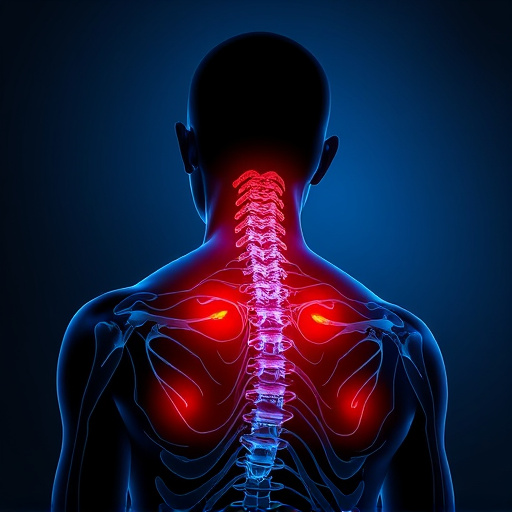
Integrating mindfulness and breathing techniques into rehabilitation exercises can significantly enhance the effectiveness of therapeutic movement therapy for managing neck and back pain. Mindfulness involves focusing on the present moment, acknowledging and accepting sensations, thoughts, and emotions without judgment. During exercise, this mental approach helps individuals become more aware of their bodies, allowing them to make subtle adjustments that promote better posture, alignment, and movement patterns.
Breathing techniques, such as deep diaphragmatic breathing, complement mindfulness by increasing oxygen flow, reducing muscle tension, and promoting relaxation. These techniques can be incorporated into various exercises to facilitate better flexibility, mobility, and strength. By combining mindfulness and breathing, individuals not only experience immediate pain relief but also develop a deeper understanding of their bodies, empowering them to maintain healthy movement habits long after the formal rehabilitation period ends.
Success Stories: Real-Life Transformations through Therapy
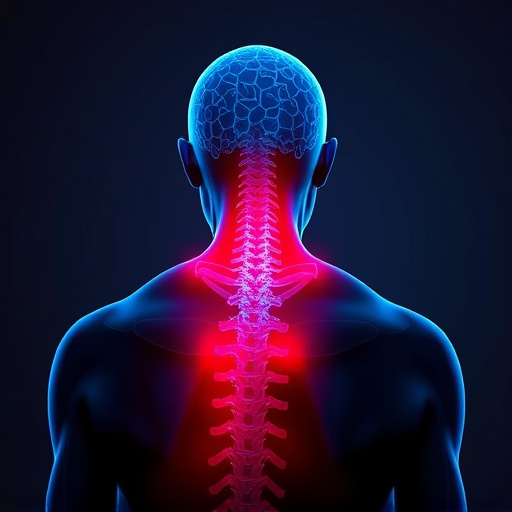
Many individuals have found solace and significant improvements through rehabilitation exercises and therapeutic movement therapy, showcasing remarkable real-life transformations. These success stories highlight the power of integrating physical and mental well-being, especially for those grappling with persistent neck and back pain. By participating in tailored exercise routines and exploratory movement practices, patients can experience reduced discomfort, enhanced mobility, and a renewed sense of control over their bodies.
The impact extends beyond physical symptoms; therapy also addresses the psychological aspects often associated with chronic pain, such as stress and anxiety. Through dedicated care and personalized plans, individuals report improved overall quality of life, including better sleep, increased energy levels, and heightened resilience against future pain episodes. These inspiring narratives serve as a testament to the transformative potential of combining rehabilitation exercises and therapeutic movement for achieving lasting neck and back pain relief.








